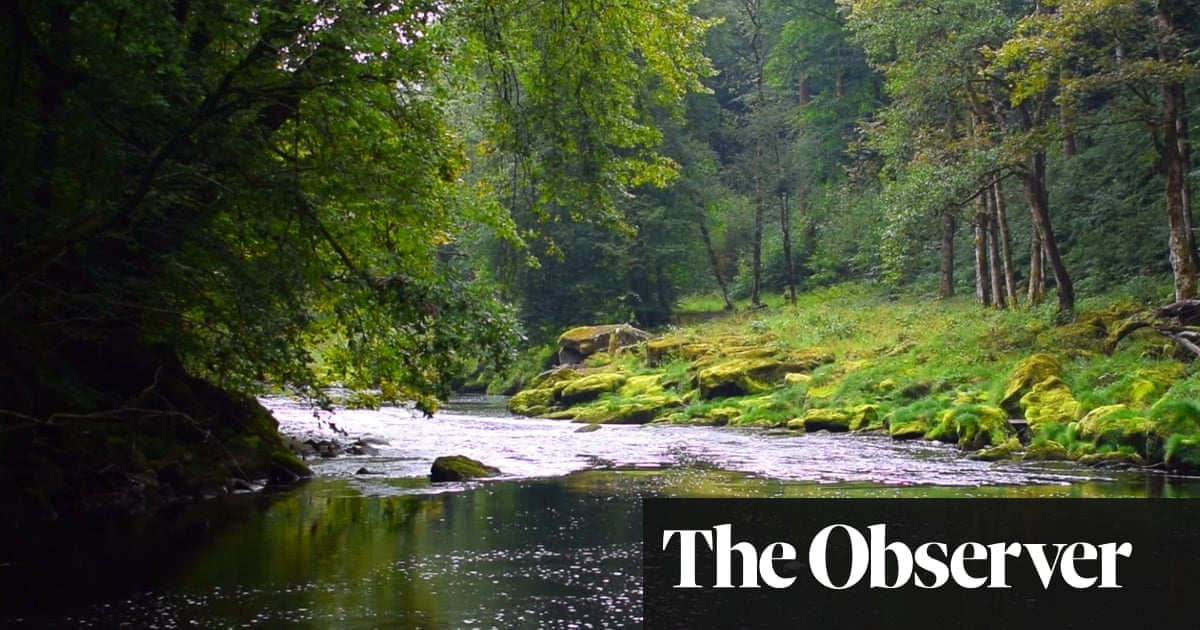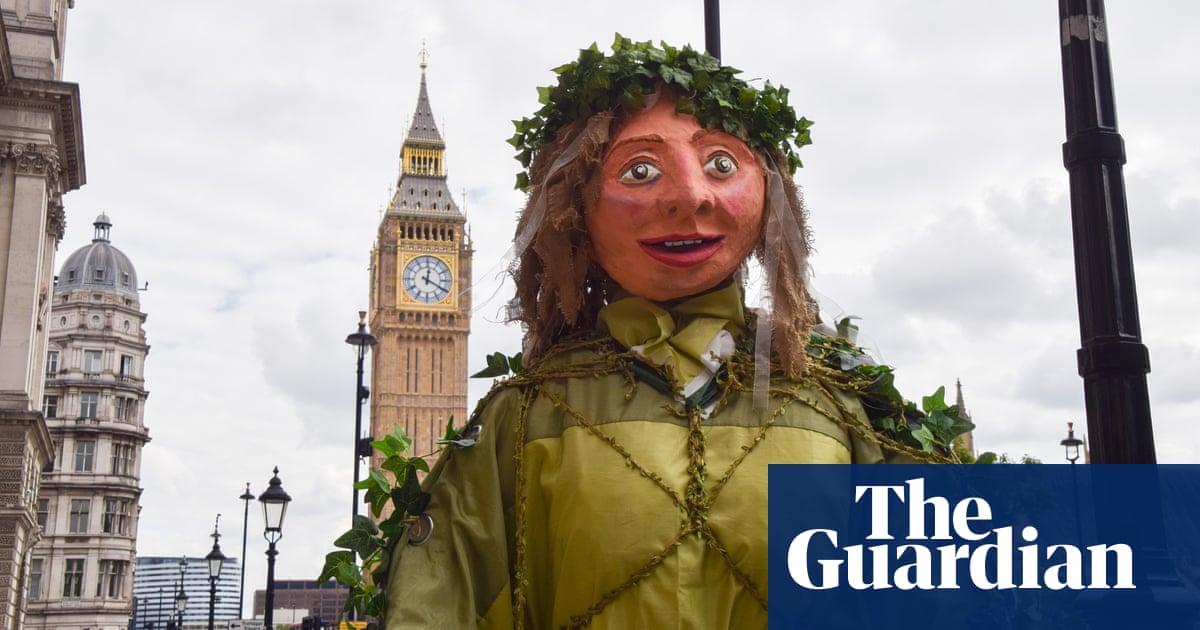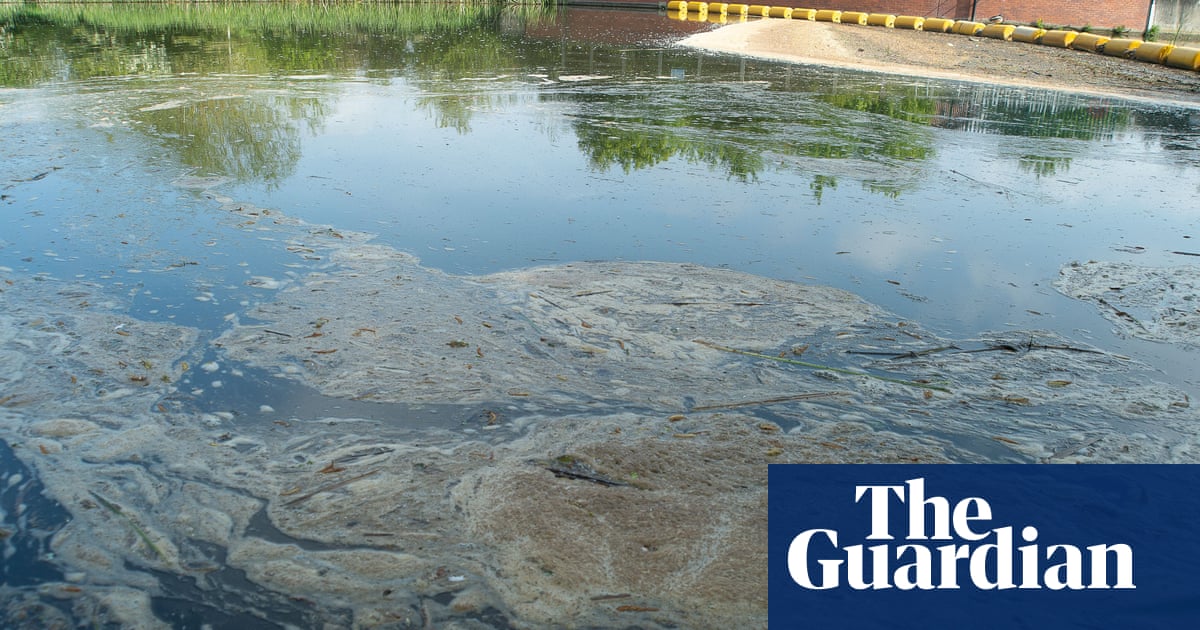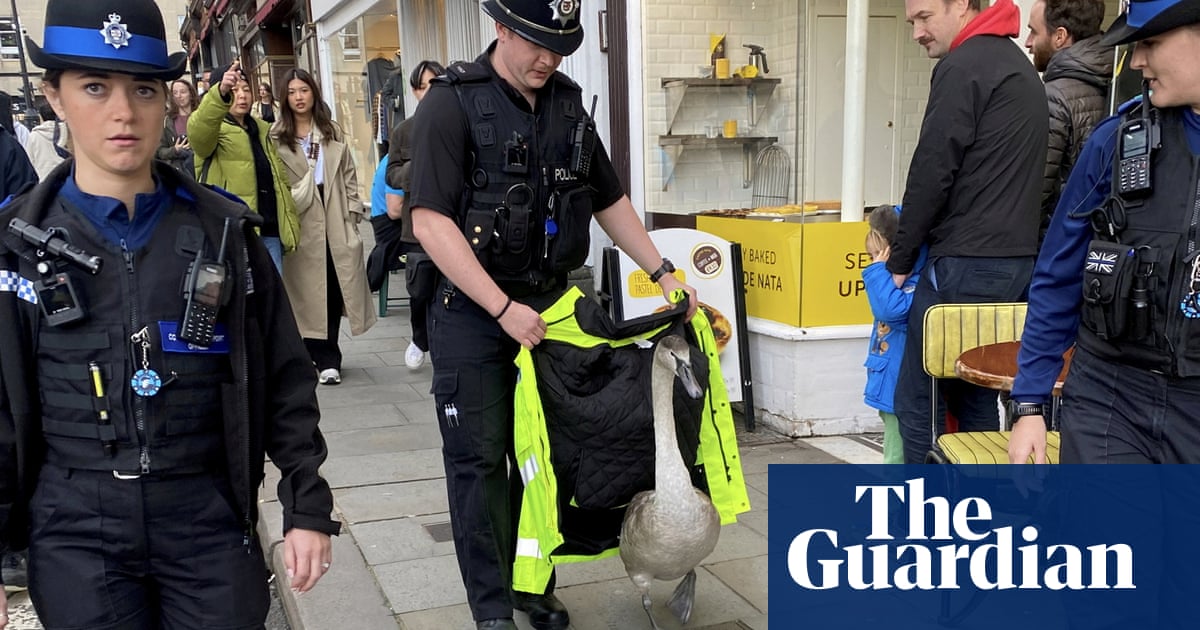
Five years ago, when Mark Barrow started his project to film along the 65-mile River Wharfe in Yorkshire, he captured footage of majestic shoals of grayling, the fish known as “the Lady of the Stream”, some 200 or 300 strong.
Recently, Barrow returned to the same spot, near the historic Harewood House on the outskirts of Leeds, to reshoot some video because he wasn’t happy with the quality of his earlier attempt.
What he found shocked him. The water was cloudy with pollution and the numbers of grayling, with their distinctive red fins and pewter scales, were reduced to pockets of no more than 30 or 40.
“It was a huge difference in five years,” said Barrow, 53, of Wetherby, West Yorkshire. “Grayling, in particular, are susceptible to pollution in the waters. It was very shocking and sad to see.”
Barrow is an underwater photographer and embarked on the project in 2018 to document the river’s aquatic life. Starting at the river’s source at Beckermonds in the Yorkshire Dales, he followed the Wharfe in stages right to where it joins the Ouse and eventually empties into the Humber estuary.
His mission was to show the Wharfe from above and below. Using drones, he captured video of the sweeping countryside that accompanies the river’s flow. Beneath the surface, he donned scuba gear, and sometimes snorkelled where the water was shallower. He mounted his cameras on long poles to reach inaccessible stretches.
Barrow explained: “The original idea wasn’t focused on pollution, though I have been campaigning against river pollution for 15 years. It was to put a spotlight on the breadth of aquatic life under the surface of the river, which a lot of people who enjoy the Wharfe might not necessarily think about.”
As well as grayling, the Wharfe is home to perch, chub, trout, barbel and even mussels. But Barrow said that he swam through sections of the river “completely devoid of life”.
The main culprit for pollution is combined sewer overflows that empty directly into the river. “There are areas where the sediment makes visibility very poor. Where I was once seeing widespread shoals of fish, there are now just pockets of them trapped in the clean water between the sewage overflows.”
He said there were 46 such overflows on the Wharfe, and on more than one occasion, he swam by just as they discharged into the river – leaving him emerging from the water covered in human waste.
“The Wharfe has this magical ability to stir the soul. Its ever-changing moods, from tranquil to fierce, are a constant source of inspiration for my work. But it faces threats from pollution, habitat destruction and climate change. Conservation efforts are vital to protect this fragile ecosystem.”
A stretch of the Wharfe was granted bathing status in 2021 after a long-running campaign by the Ilkley Clean River group to try to force action on the water quality. The Environment Agency said swimming was “not advised” in the area.
Earlier this year, Nicola Shaw, CEO of Yorkshire Water, publicly apologised about the state of the Wharfe and said the utilities company was investing £180m to build more capacity to store wastewater and reduce sewage overspills. She also said she was not taking any bonus from the company because of the situation.
She said: “There has been a huge amount of criticism of, and anger at, the water industry over recent months. I get why people are angry; seeing sewage in our rivers and seas isn’t right. We should have a system that befits the 21st century. So, on behalf of Yorkshire Water, I am sorry.
“We should have acted more quickly to change the situation. That’s why I have decided to refuse any bonus this year as I want us to make progress. And we do now have a plan – and, indeed, we are already taking action to improve Yorkshire’s rivers and coastal waters.”
The state of the Wharfe was highlighted in March in a BBC documentary, Our Troubled Rivers, fronted by comedian, writer and Gone Fishing star Paul Whitehouse. Barrow featured in that, and was filmed pulling used sanitary products from the river.
He is editing his footage into a self-funded documentary about the wildlife and waste in the Wharfe which he is planning to submit to film festivals next year, and he hopes to attract the support of Whitehouse and the singer Feargal Sharkey, who has become a campaigner against pollution in British rivers.
Barrow said: “Something needs to be done now. The River Wharfe reminds us that our connection to nature is both precious and fragile. We all need to work together to protect and preserve this magnificent river for generations to come.”
Yorkshire Water said that, aside from the £180m investment, it has collaborated with the Environment Agency and Rivers Trust to remove barriers for fish migration to benefit local wildlife populations.
The spokesperson added: “We have made significant investment in Ilkley since bathing water status was approved for the River Wharfe, including a new sewer to reduce discharges into the river. We are investing £500m by the end of 2025 to reduce phosphorus entering our watercourses from our treatment works to help our watercourses and wildlife to continue to thrive.”












